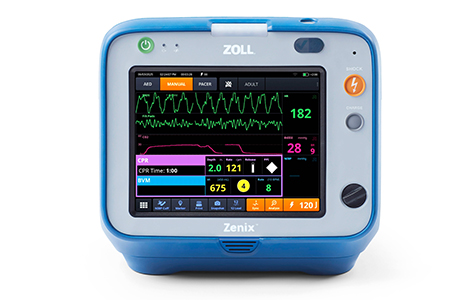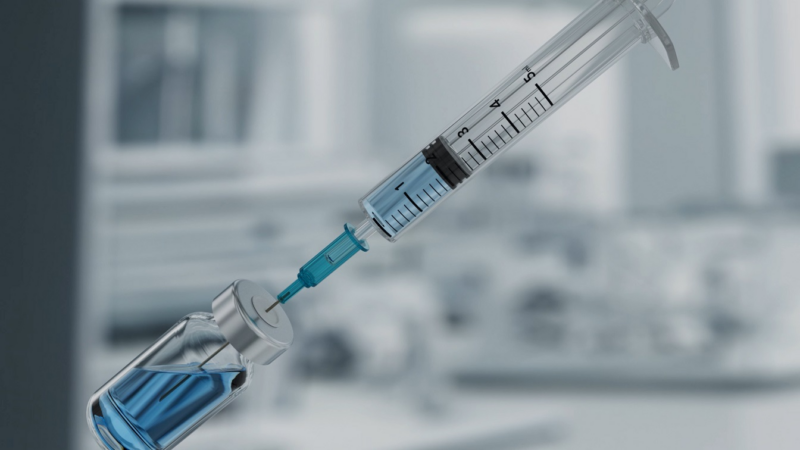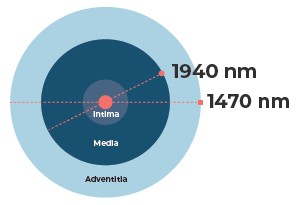(Vienna, December 13, 2016) Prostate cancer patients who are resistant to hormone treatment used to have a poor prognosis. Until recently, the diagnostic and therapeutic possibilities had been limited, but now innovative developments in nuclear medicine imaging and therapy open up promising pathways. Novel substances used with PET/CT (positron-emission tomography combined with computed tomography) not only allow for better diagnosis but also offer treatment options where other therapies have failed. „This offers a glimpse of hope to patients who suffer from this particularly severe form of prostate cancer,“ says EANM expert Prof. Markus Luster.
Prostate cancer is the second most frequently diagnosed cancer in men and causes around 90.000 deaths per year in Europe. Up to every second patient who has his prostate surgically removed or has undergone radiation therapy suffers from relapse. In severe cases the level of testosterone upon which the tumour is dependent to a large extent has to be reduced drastically in order to fight the disease. This is usually done by hormone therapy. However, a considerable number of patients are or will become resistant to this kind of treatment (so called castration-resistant prostate cancer / CRPC). This means that in spite of therapy the tumour has not been destroyed definitively and in many cases is now affecting the lymph nodes or has even extended to the stage of often painful bone metastases. Prognosis of patients who progress to this stage is poor.
A common means to detect prostate cancer and assess the stage of the disease is the measurement of the level of prostate-specific antigen (PSA), which serves as a biomarker for the presence of cancer cells. However, in patients whose testosterone production has been suppressed medically PSA levels are often too low to be measured. This includes CRPC patients in whom this therapy has failed to eradicate or halt the tumour. Moreover, PSA measurement provides no information about the sites and the extent of the recurrent cancer. However, newly developed nuclear medicine methods have opened up promising diagnostic avenues that might more sensitively and accurately enlighten both patient and physician about the location and extent of disease. At the same time, this new approach also provides new therapeutic modalities which can improve the still poor prognosis of CRPC-patients in the future. The leading part is played by a protein called Prostate-Specific Membrane Antigen (PSMA). It is found abundantly on the surface of prostate cancer cells and its number appears to be increasing with the aggressiveness of the disease. This makes PSMA an ideal target for detecting cancer cells by nuclear imaging. The essential means to achieve this is the Ga-68-PSMA-ligand, a substrate that binds to PSMA – comparable to a key that fits into its lock – which is labelled with the radionuclide Gallium 68. This tracer has already been used successfully in a large number of PET/CT examinations: After the patient has been injected with Ga-68-PSMA-ligand the tracer is taken up by the cancer cells which are made visible for the examining physicians by the radiation. „The substance has proven to be highly sensitive and reliable in detecting carcinoma in lymph nodes as well as metastases in other body regions. Over the past decade or so other substances such as choline have been evaluated and applied but in terms of accuracy and diagnostic outcome Ga-68-PSMA is now state of the art,“ says Prof. Markus Luster.
As he points out PSMA is not only useful for diagnostic but also for treatment purposes: The PSMA-ligand can be labelled with another radionuclide called Lutetium-177 that is able to destroy the cancer cell from inside through radiation. „Several tests have demonstrated that Lu-177-PSMA-therapy can reduce tumour mass and alleviate pain. Patients who have no other treatment options left and whose cancer cells have been shown to take up PSMA-ligands are very likely to benefit from the diagnostic and therapeutic potential of PSMA imaging and therapy,“ says Prof. Markus Luster.
Visit EANM on Facebook
What is nuclear medicine?
Presseagentur für Medizinthemen
Kontakt
impressum health & science communication
Frank von Spee
Hohe Brücke 1
20459 Hamburg
040 31786410
vonspee@impressum.de
http://www.impressum.de






